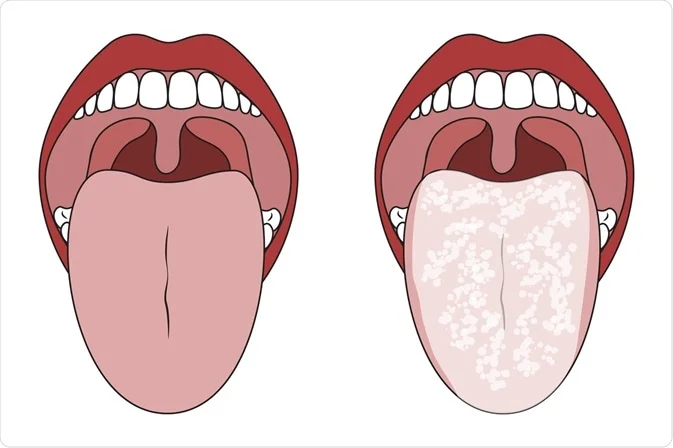Symptoms of candidiasis vary depending on the location of the infection. Symptoms of candidiasis include:
- Red patch of skin (rash) with small, raised bumps (pustules).
- Itching.
- Burning sensation.
- Vaginal discharge (white or yellow).
- White patches or sores in your mouth that cause loss of taste or pain when eating or swallowing.
- Swelling (inflammation).
What causes Candidiasis?
A candidiasis infection is the result of an overgrowth of Candida yeast due to an imbalance of healthy bacteria and yeast in your body. Triggers that disrupt the balance of bacteria and yeast include:
- Taking antibiotics, steroids, oral contraceptives, medicines that cause dry mouth, or medicines that turn off healthy bacteria.
- Feeling stressed.
- Eating a diet high in refined carbohydrates, sugar, or yeast.
- Having uncontrolled diabetes, HIV, cancer, or a compromised immune system.
- Experiencing hormonal changes (pregnancy).
How is Candidiasis diagnosed?
Your healthcare provider will diagnose candidiasis after a physical examination of the affected area. They will also ask you questions about your symptoms, including the severity of your symptoms and how long you’ve experienced them. Your healthcare provider will also test the infection to identify the type of yeast that is overgrown, which better determines your treatment options.


